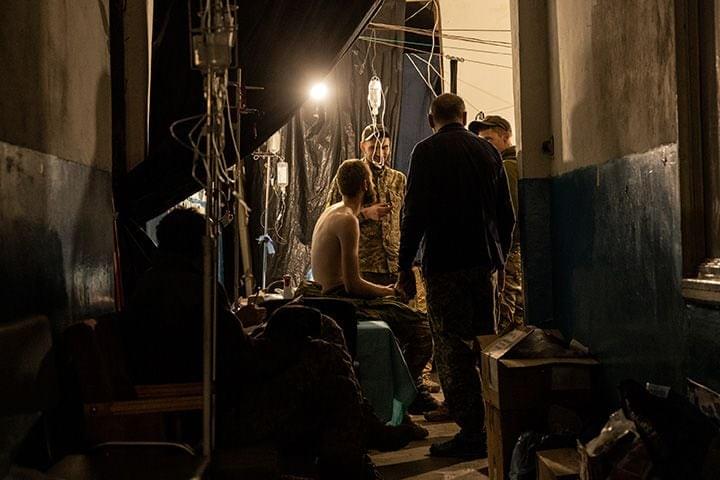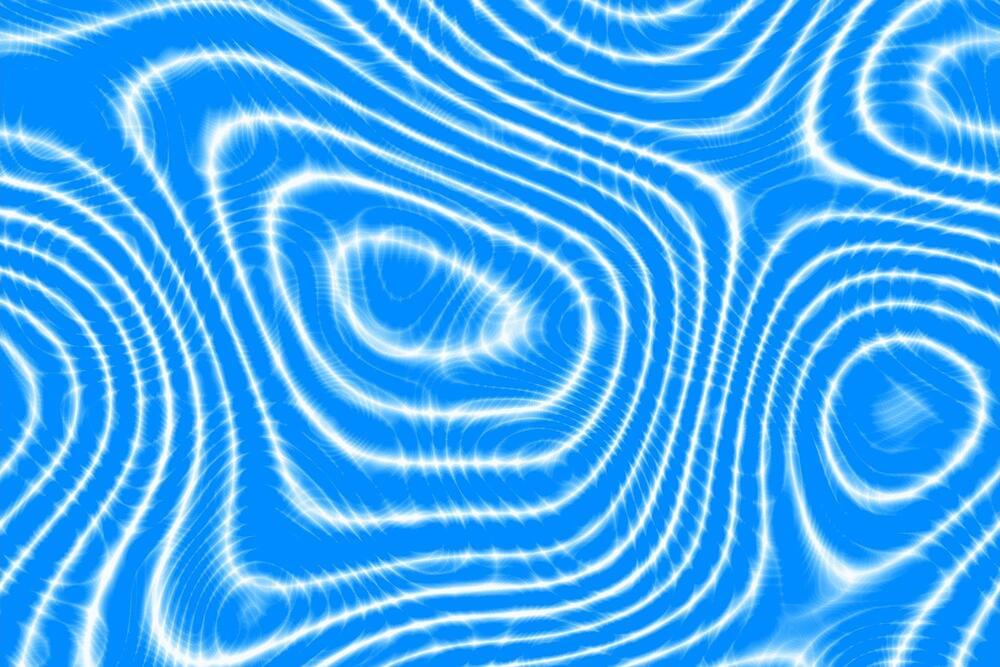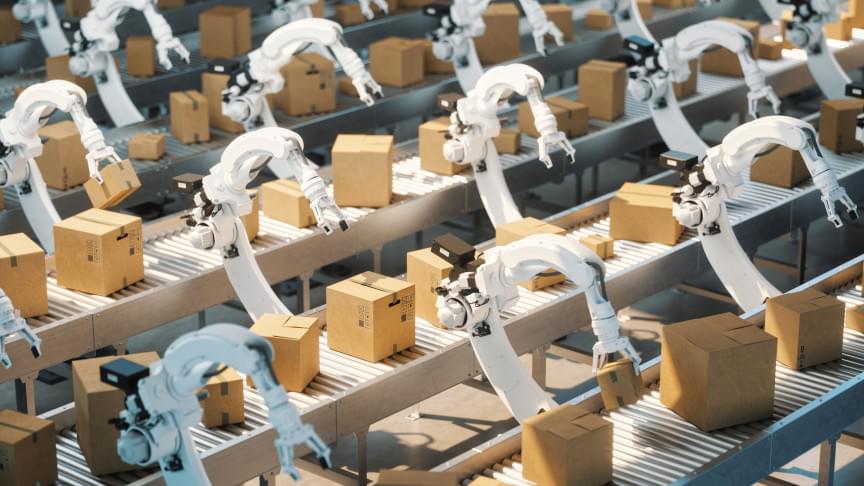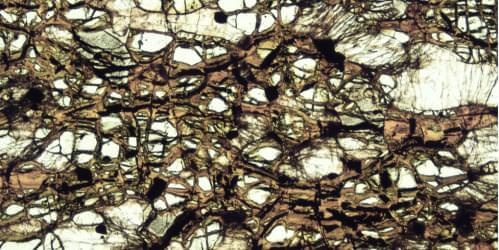Facing shortages on the battlefield, Ukrainian soldiers get supplies they need to survive the war from 3D printers across the world.




Instead, it tanked and is now virtually worthless.
That crash reignited calls for new rules to govern a cryptocurrency market that is still something of a wild frontier. And now we have perhaps the biggest step yet toward new crypto regulation.
Two senators — a Republican and a Democrat — teamed up to unveil a broad new regulatory bill last week. But skeptics are already warning it’s a step backwards and is far too crypto-friendly.

Microsoft says BlackCat ransomware affiliates are now attacking Microsoft Exchange servers using exploits targeting unpatched vulnerabilities.
In at least one incident that Microsoft’s security experts observed, the attackers slowly moved through the victim’s network, stealing credentials and exfiltrating information to be used for double extortion.
Two weeks after the initial compromise using an unpatched Exchange server as an entry vector, the threat actor deployed BlackCat ransomware payloads across the network via PsExec.
8,000+ Films, Shows & Classes on Gaia. Start Your Free Trial — https://bit.ly/3eBA6jy.
Can AI enable us to live forever? In A.rtificial I.mmortality, filmmaker Ann Shin sets out on a journey, exploring the latest AI and biotech with scientists and visionaries who foresee a ‘post-biological’ world where humans and AI merge. Will AI be the best, or the last thing we ever do?
About Gaia:
Gaia offers the largest resource of consciousness expanding videos. Answer life’s deeper questions and go beyond the mainstream narrative with Gaia— a member-supported media network of truth seekers and believers empowering an evolution of consciousness. Explore over 8,000 ad-free, streaming titles that challenge modern paradigms and allow you to manifest the reality that defines your being. You can experience Gaia in English, Spanish, German, or French. We offer original, dubbed or subtitled content in these languages. Join hundreds of thousands of members in 185 countries in awakening your consciousness.
Connect with Gaia:
Visit Gaia WEBSITE: https://www.gaia.com/
Like Gaia on FACEBOOK: https://www.facebook.com/Gaia.
Like Gaia Unexplained on FACEBOOK: https://www.facebook.com/GaiaUnexplained.
Like Gaia Yoga on FACEBOOK: https://www.facebook.com/yogaongaia.
Follow Gaia on YOUTUBE: https://www.youtube.com/c/GaiaVideo.
Follow Gaia on TWITTER: https://twitter.com/yourmothergaia.
Follow Gaia on INSTAGRAM: https://www.instagram.com/wearegaia/
Follow Gaia Yoga on INSTAGRAM: https://www.instagram.com/yogaongaia/
#Gaia
Ken OtwellIt’s an awkward situation. Was the engineer continuing to do his job? Was his public claim about internal corporate technology interfering with his duties or causing harm to Google? Was it breaking a voluntary non-disclosure?
Kevin CuevasWith neurocyte based computing, it is a question worth exploring since we are already blurring that line anyway.
Neurons are amazing little microbes capable of learning and making decisions. Modern AI tries to take inspiration from living neurons, but why settle for the synthetic version? By growing human neurons directly connected to a computer it’s possible to make a living AI of sorts capable of even complex tasks like flying a plane in a simulation.
Today we explore our first attempt at doing exactly that. We cover building the first prototype multi electrode array, growing the neurons and attempting to take some readings from them. This is the first part of what will hopefully be a many part series, so stay tuned for updates!
More reading/sources:

Marianne StebbinsWhat does this solve that isn’t already handled by air and water?
5 Replies.
Anne KristoffersenTurn the Bering Strait Crossing into a bridge arcology and the project will handsomely pay for itself in a sustainable way.
The Diomede Bridge ArcoCity could become a vastly important city-state, essentially having a millions-strong settlement there w… See more.
7 Replies.
View 34 more comments.
Jose Ruben Rodriguez Fuentes shared a link.

After previously studying the phenomena of two sound waves in quantum liquids, scientists have now observed sound moving at two different speeds in a quantum gas.
If you were somehow immersed in the three-dimensional gas used for this study, you would hear every sound twice: each individual sound carried by two different sound waves moving at two different speeds.
This is an important development in the field of superfluidity – fluids with no viscosity that can flow without any loss of energy.

In January, a law came into effect in South Korea called the Serious Disasters Punishment Act. The new regulation states that if workers die or sustain serious injuries during work, courts could fine the CEO or high-ranking managers of the firms or even send them to jail.
An increase in robot investments
This event has spurred an increase in investment in robots in the nation, according to a report by Rest of the World published on June 6.
